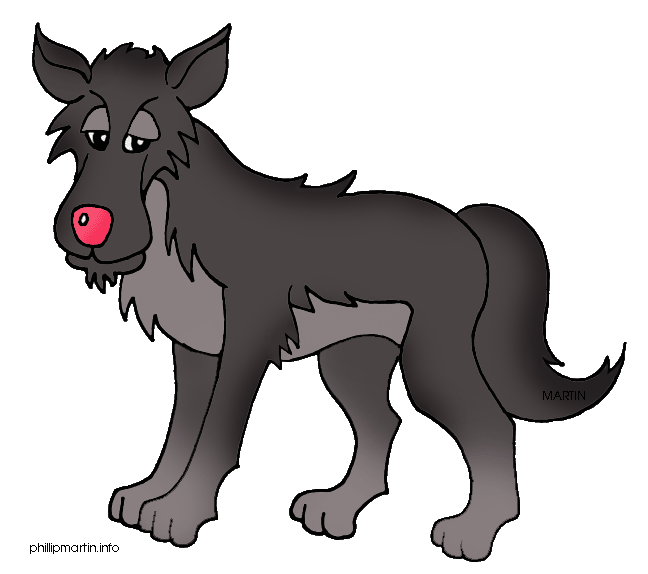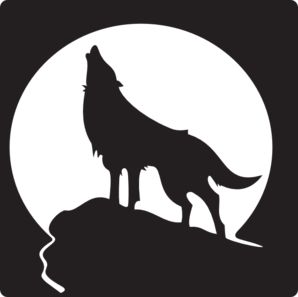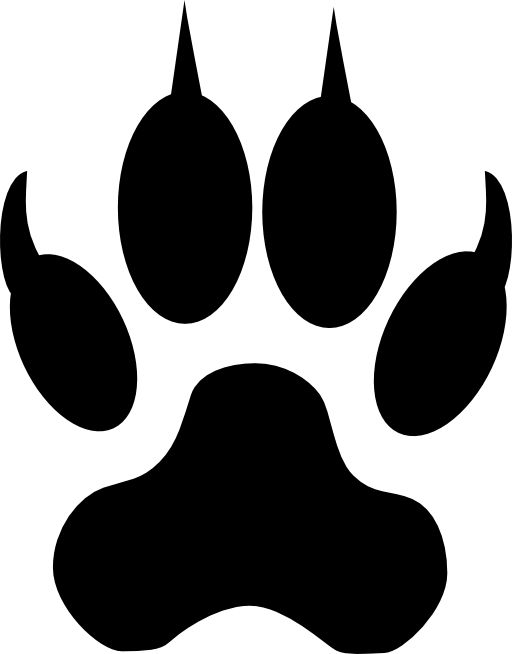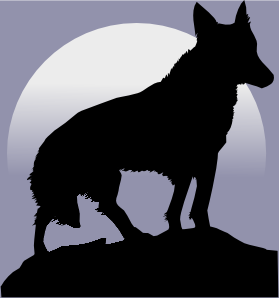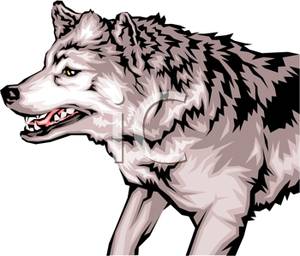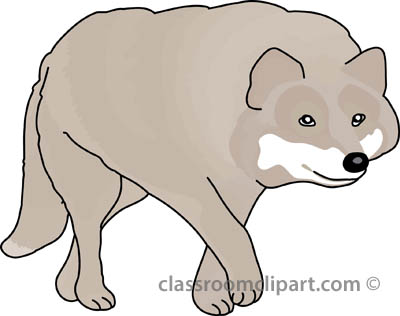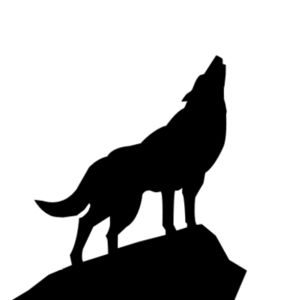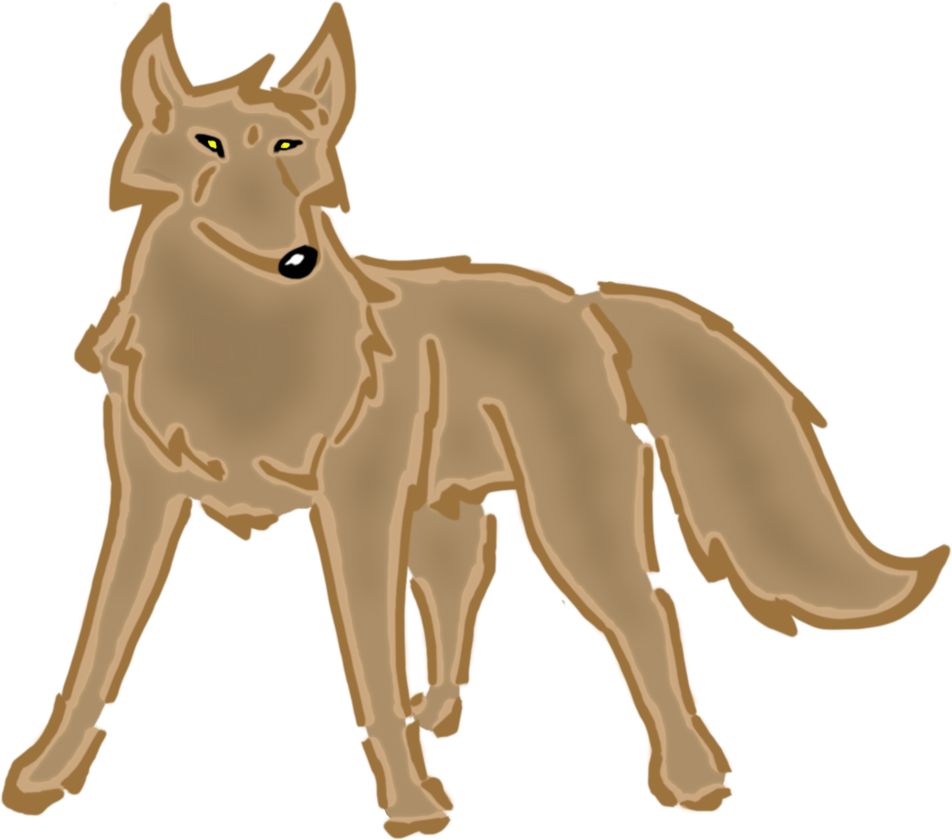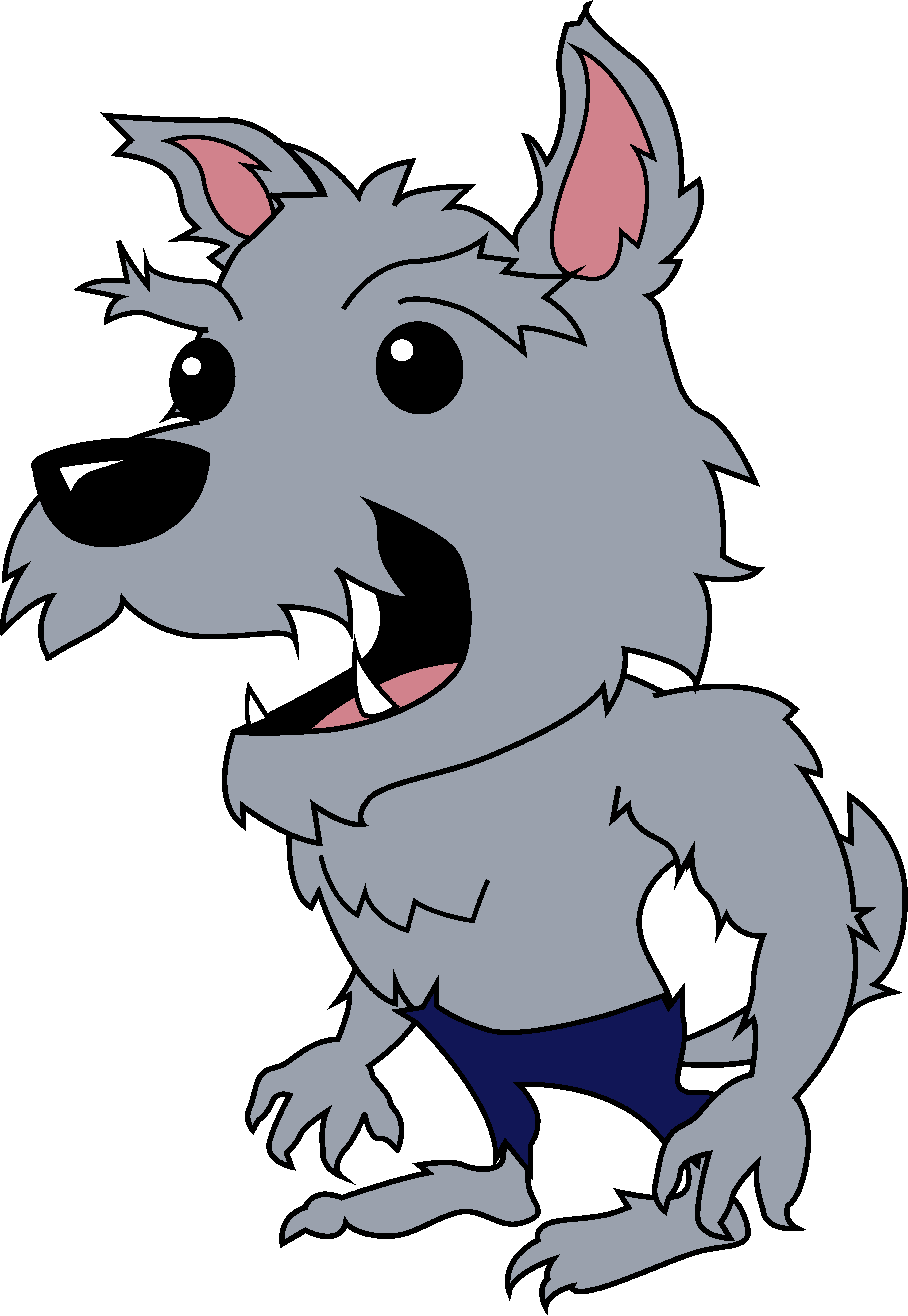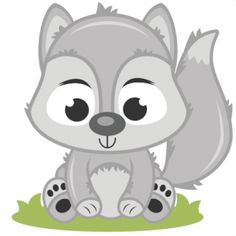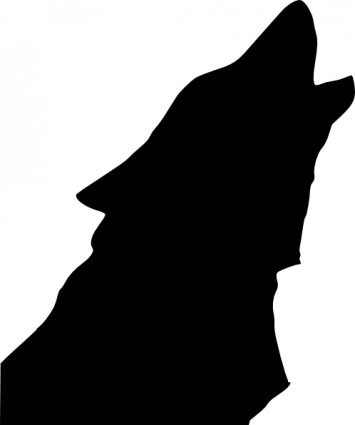Wolf Clipart
Wolves are iconic animals that evoke strong emotions in many people. As large canine predators, they play an important role in nature by helping maintain balanced ecosystems. Wolves belong to the family Canidae and were once abundant throughout much of North America, Europe, and Asia. Over the centuries, subspecies of gray wolves and other wolf species have evolved to fill ecological niches across different habitats. Today, many wolf populations are threatened by human encroachment and predators face endangered species protections in many regions.
Wolf Characteristics
Physical Features
Wolves have sturdy bodies with long legs and large feet adapted for travel through snow and rugged terrain. Their fur is thick and warm, featuring multilayered coats that vary in color from gray to black to all white. Adults range from about 40 to 175 pounds depending on sex and subspecies. Wolves possess excellent senses of smell, sight and hearing to detect far-off prey and communicate.
Behavior
Wolves are highly social and cooperative animals that live in family units called packs. Packs follow a hierarchical social structure with a breeding “alpha” pair directing group activities like hunting. Wolves have an intricate language of body postures, scents and vocalizations to signal alarm, aggression or affection. They establish sophisticated traditions taught to each new generation.
Habitat and Range
Wolves inhabit varied climates and landscapes across the Northern Hemisphereincluding forests, mountains, tundra, grasslands and desert edges. Though they were once ubiquitous, uncontrolled hunting and persecution caused wolf extinction in many areas. Today, restored packs roam remote wild areas of Alaska, Canada, Asia and Eastern Europe as well as pockets of the continental U.S.
Wolf Packs and Social Structure
Wild wolf packs are typically family groups comprised of a breeding pair (the alpha male and female) plus offspring and occasionally adopted outliers. Pack size averages 5-12 wolves but may expand to over 20 in ideal conditions. The pack hierarchy determines breeding rights and eating priorities, but rank can shift. Young adults eventually disperse to seek mates and form new packs. Wolf parents are dedicated to rearing pups, and all pack members help guard and feed the young, building social bonds.
Wolf Hunting and Communication
Wolves mainly prey upon large herbivores like deer, elk and moose. Packs plan sophisticated hunts together, using teamwork and individual roles to surround and overwhelm much larger prey. Their endurance running wears down animals until vulnerable targets get separated for the kill. Wolves also rip into prey scraps left by other predators and scavenge carrion. Vocalizations like growls or barks combined with body language communicate hierarchies, warnings and mealtimes within social packs. Long, haunting group howls strengthen communal bonds.
Wolves and Humans
Historical Perceptions and Folklore
For centuries, wolves have played major roles in human culturewith both positive and negative associations. Ancient tribal peoples revered wolves as spirit guides while fairy tales like Little Red Riding Hoodcast them as villainous predators. Wolf imagery connects to attributes like intelligence, freedom, loyalty, and rapacity reflected in heraldic symbols, literature, art and mythology across civilizations. Their mysterious habits invoked a complex love-hate relationship.
Wolves in Captivity
Conservation breeding programs in accredited zoos help supplement endangered wild wolf populations. Sanctuaries also house captive wolves that can no longer survive independently, using spacious, naturalistic enclosures. While they may seem tame, wolves are not truly domesticated. Captive wolves allowed human interaction as pups retain their wild instincts as adults. However, they are extremely intelligent and can be trainedwith rewards and patience.
Wolf Conservation Status
Though once numbering in the hundreds of thousands, uncontrolled killing decimated North American gray wolves to near extinction by the mid-20th century. Populations have rebounded somewhat thanks to focused conservation efforts. In the lower 48 states, gray wolves wereprotected under the 1973 Endangered Species Act, allowing careful reintroduction to Yellowstone and Central Idaho where packs now thrive. Most wilderness-ranging Alaskan and Canadian wolves remain abundant. Conservation priorities include preserving their endangered/threatened legal status, maintaining protected wild habitats, and mitigating rancher conflicts.
Introduction to Wolf Clipart
Clip art refers to generic line drawings or cartoon illustrations that can be inserted into documents and projects to decorate and illustrate. Advent of computer graphics spawned online digital clip art libraries. Compared to photos, clip art images tend to feature basic colors, outlines and flat graphics. Wolf clip art provides stylized depictions of wolves and wolf themes suitable for various applications.
Types of Wolf Clip Art
Cartoon Wolf Heads
Cartoon wolf heads make up some of the most popular wolf clip art. Rendered in vivid colors, these silly illustrated wolf facesfeature grinning toothy smiles, big eyes and perky ears. They work well to add a fun wolfish accent.
Wolves Howling at Moon
The quintessential wolf art trope, multiple clip art options depict wolves with muzzles pointed skyward issuing their iconic communal howl under glowing full moons. These dramatic wolf silhouettes capture classic wolf behavior in a wilderness setting.
Wolves Running
Wolf running clip art presents wolves in action, mid-lope with paws extended as though racing across the page. Simple black outlines or blue-hued color fills portray their powerful athleticism. Dynamic running wolf clips add movement.
Uses of Wolf Clip Art
School Projects
Young students often research wolves to meet science lesson requirements on animal classification, food chains, endangered habitats and conservation. Wolf clip art creatively visualizes reports, worksheets or posters. Crafts might incorporate wolf clips on custom t-shirts, cards or animal dioramas.
Graphic Design
From sports jerseys to restaurant logos to band posters, wolf imagery conveys strength, fierceness and determination. Graphic artists digitally insert, layer and manipulate wolf clip art to craft compelling layouts and designs.
Personal Art
For painters and sculptors, wolf clip art offers anatomically accurate references to incorporate into fine art creations. Clipart skeletons provide proportional guidelines while color prints offer fur texturing samples.
Accessing and Using Wolf Clip Art Legally
Copyrights
Wolf clip art usually falls under copyright law, belonging to the artist/creator. Downloadable online clip art grants usage rights within defined parameters but maintains creator ownership. Copyright provisions vary but may require attribution or limit commercial applications.
Attribution
Responsible use mandates properly crediting clip art creators as a condition of usage rights. This ethical practice also enables appreciation for artists’ work even if legally optional.
Commercial Use
Using wolf clip art for any revenue-generating products often requires purchasing a premium license. Commercial use rights for merchandise, advertising or mass print projects tend to carry separate permissions and costs.
In summary, wolves play vital ecological roles and hold meaningful places in human culture. Responsible wolf conservation allows sustaining these iconic yet often misunderstood predators. Wolf clip art visually captures their symbolism in creative, graphically simplistic ways suitable for homemade projects to professional media design. When accessing and incorporating wolf clip art, proper copyright usage encourages continued digital artistry benefiting all.
In this page clipartix present 57 wolf clipart images free for designing activities. Lets download Wolf Clipart that you want to use for works or personal uses.

